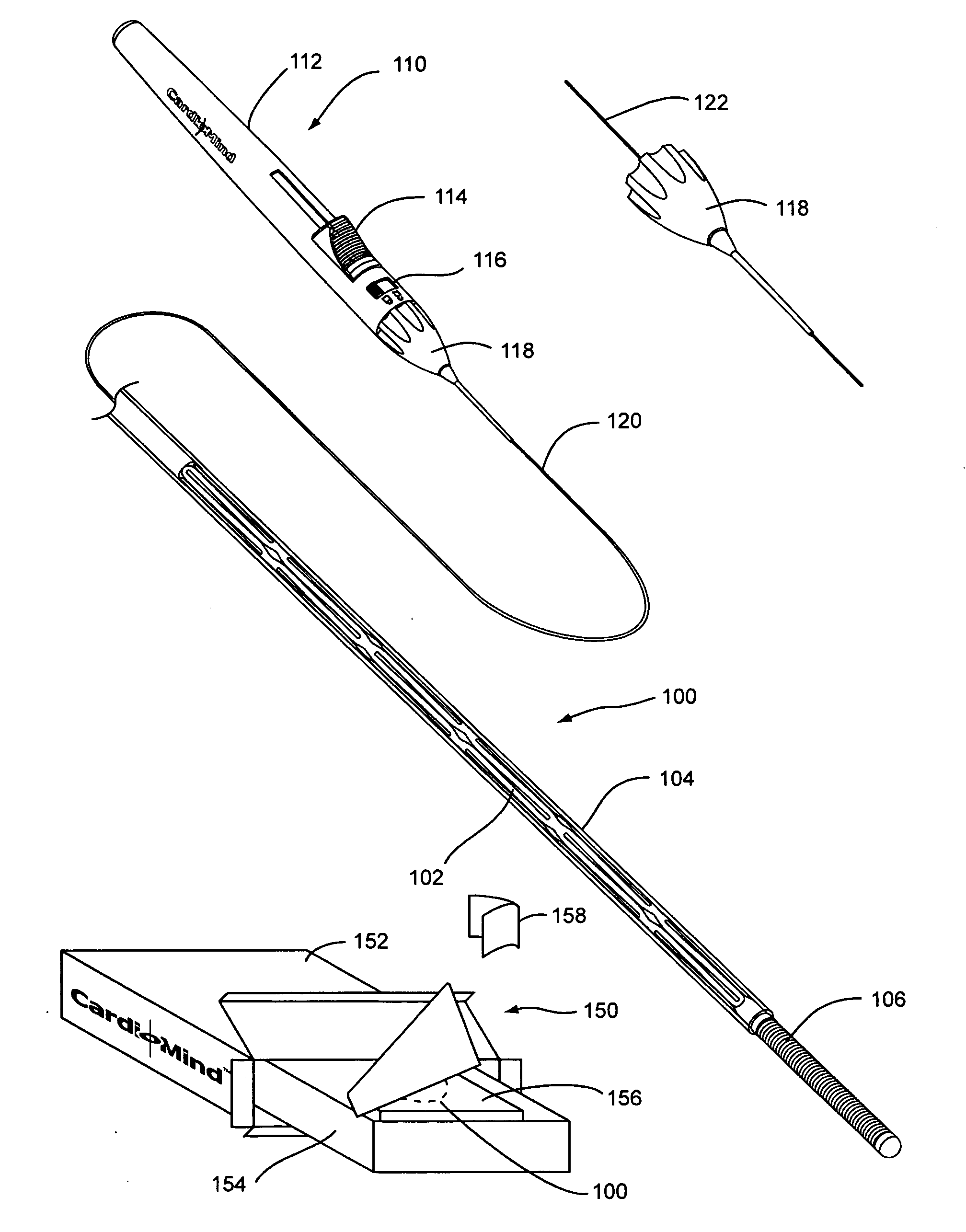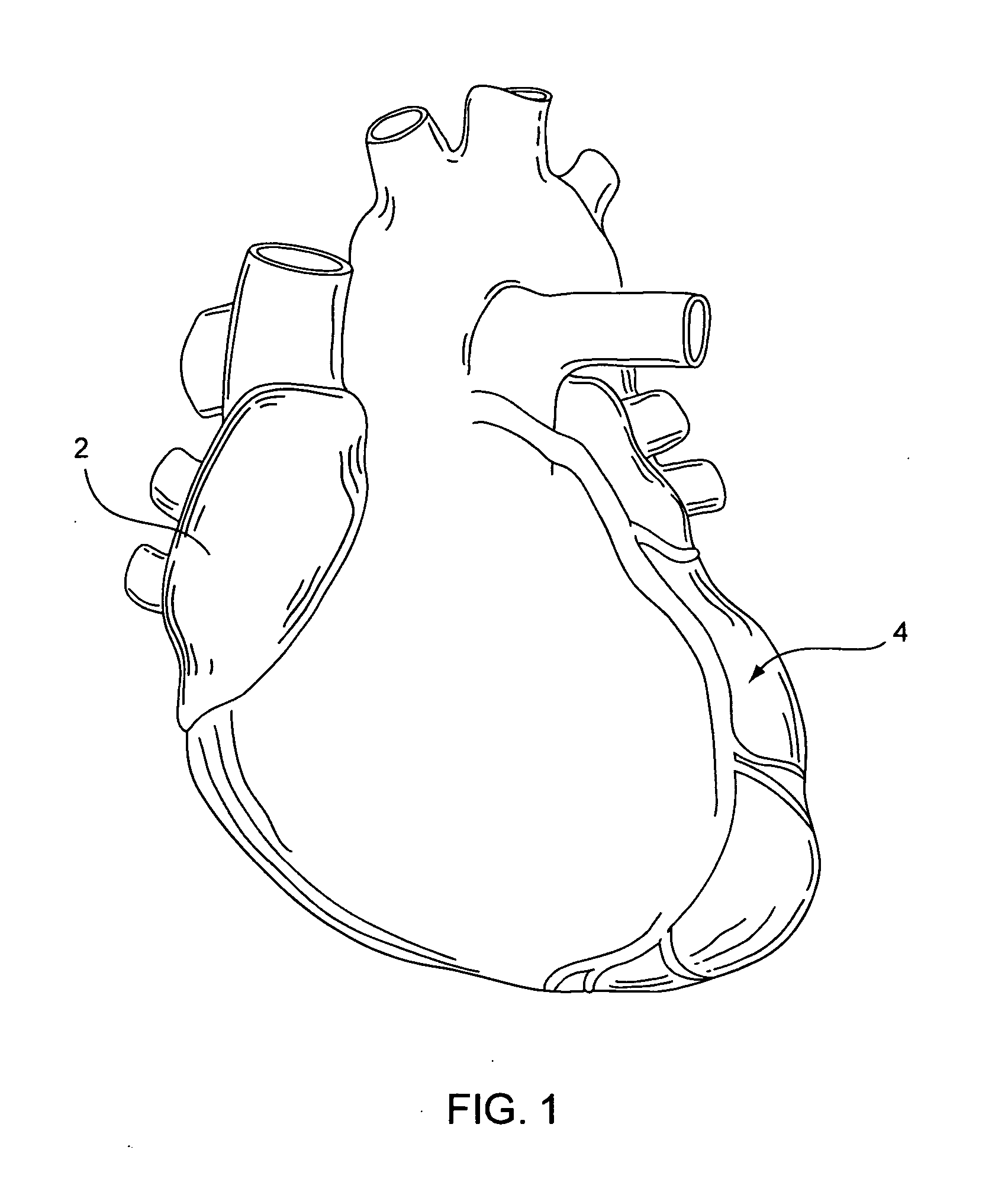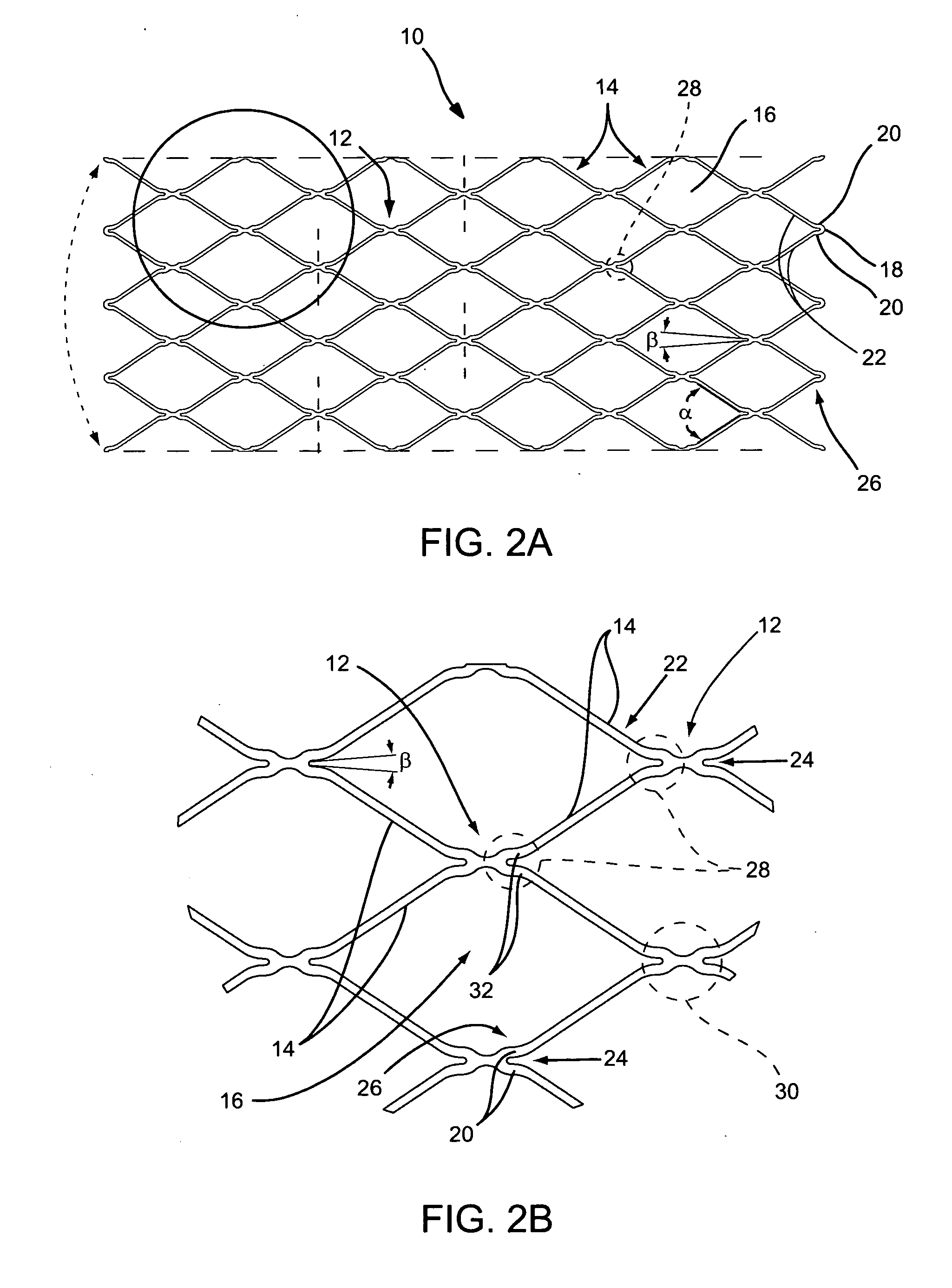Stent delivery system
a technology of stent and stent body, which is applied in the field of stent delivery system, can solve the problems of limiting the degree to which the system can be miniaturized, limiting the degree of flexibility of all known sheath/pusher systems, and requiring large profiles. achieve the effect of maximizing the often conflicting objectives of flexibility, improving pushability, trackability and implant deployment characteristics
- Summary
- Abstract
- Description
- Claims
- Application Information
AI Technical Summary
Benefits of technology
Problems solved by technology
Method used
Image
Examples
Embodiment Construction
[0043] Various exemplary embodiments of the invention are described below. Reference is made to these examples in a non-limiting sense. They are provided to illustrate more broadly applicable aspects of the present invention. Various changes may be made to the invention described and equivalents may be substituted without departing from the true spirit and scope of the invention. In addition, many modifications may be made to adapt a particular situation, material, composition of matter, process, process act(s) or step(s) to the objective(s), spirit or scope of the present invention. All such modifications are intended to be within the scope of the claims made herein.
[0044] In light of this framework, FIG. 1 shows a heart 2 in which its vessels may be the subject of one or more angioplasty and / or stenting procedures. To date, however, significant difficulty or impossibility is confronted in reaching smaller coronary arteries 4. If a stent and a delivery system could be provided for...
PUM
 Login to View More
Login to View More Abstract
Description
Claims
Application Information
 Login to View More
Login to View More - R&D
- Intellectual Property
- Life Sciences
- Materials
- Tech Scout
- Unparalleled Data Quality
- Higher Quality Content
- 60% Fewer Hallucinations
Browse by: Latest US Patents, China's latest patents, Technical Efficacy Thesaurus, Application Domain, Technology Topic, Popular Technical Reports.
© 2025 PatSnap. All rights reserved.Legal|Privacy policy|Modern Slavery Act Transparency Statement|Sitemap|About US| Contact US: help@patsnap.com



